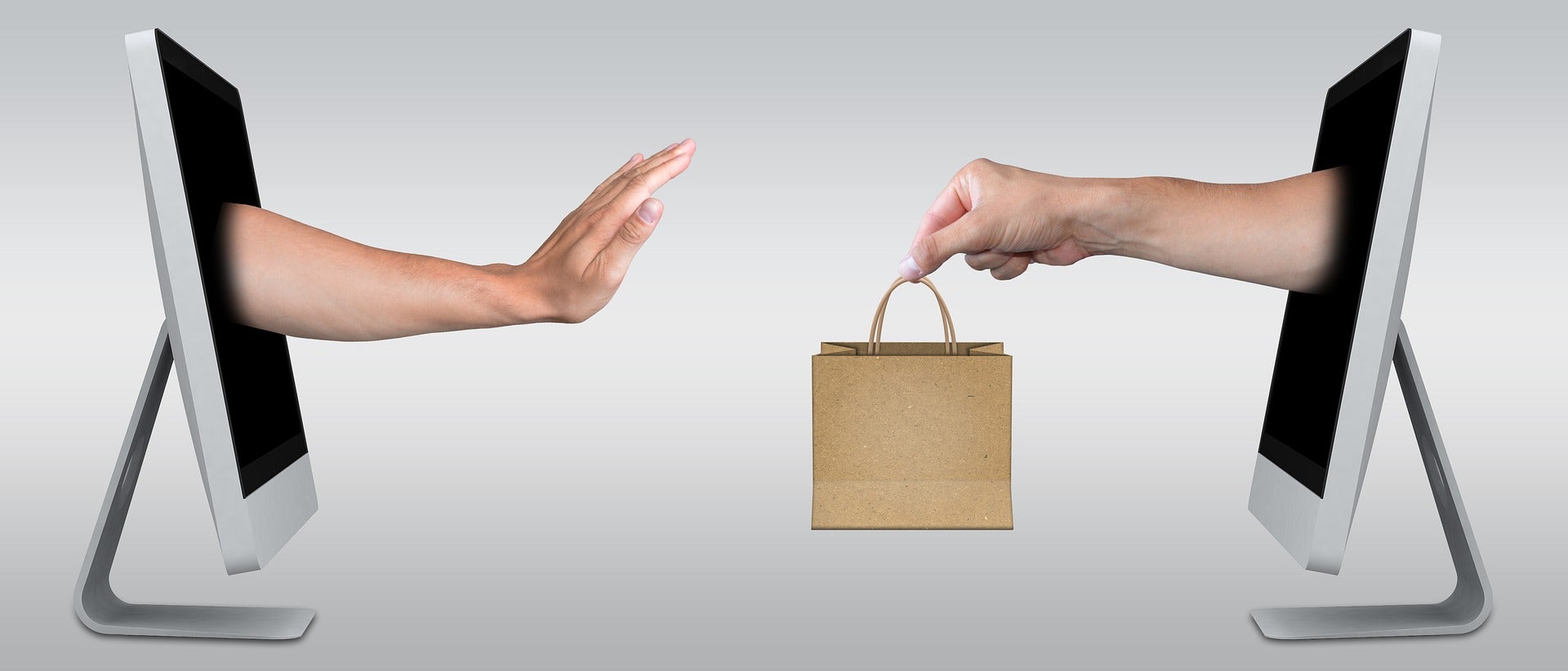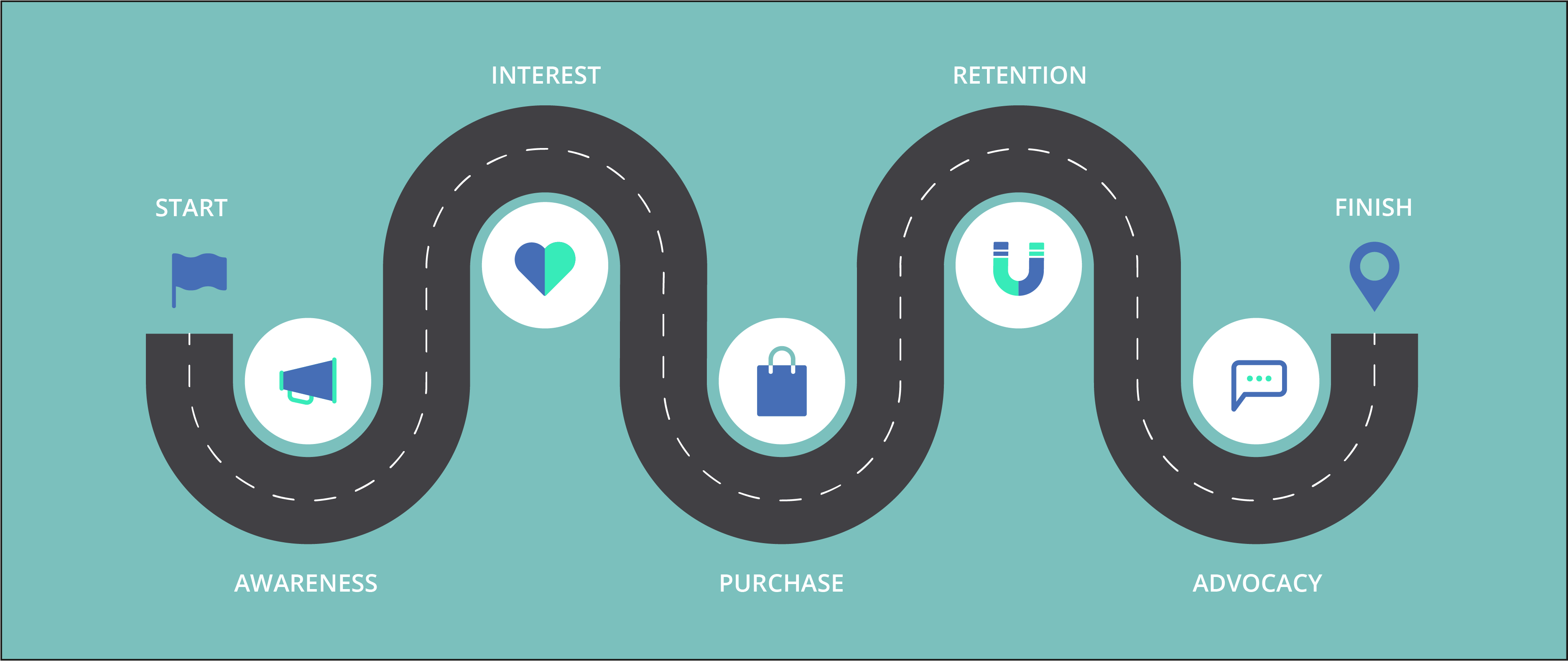Make it easy for your customers to do business with you – an interview with Pieter Moons, Global E-commerce Manager at Puratos
Back to blog articlesPieter Moons is global e-commerce manager at Puratos, a B2B company in the food industry with subsidiaries in more than 80 countries. We go into conversation about trends and customer centricity, and Pieter gives us tips & tricks on how to succeed in B2B e-commerce.

Hi Pieter, thank you for taking the time for this interview. Let’s get straight to it: please introduce Puratos and yourself to our readers.
Puratos is an international group, which offers a full range of innovative products and application expertise for artisans, industry, retailers and food service customers in the bakery, patisserie and chocolate sectors. Its headquarters are located on the outskirts of Brussels (Belgium), where the company was founded in 1919. We currently employ over 9400 employees across 80 countries – you could say that we are a huge family! (laughs).
A little bit about myself – I was born and raised in Limburg, Belgium – but I identify as a citizen of the world. I’m 100% millennial and triathlete in my free time. I’ve been working in the digital world for the last 10 years. I started off in digital marketing, but I’ve been focusing more on digitalizing the full customer journey in the last 5 years. My first experience in B2B e-commerce was about 10 years ago, when I worked for Rajapack Benelux. For the past years I’ve been working for Puratos, which has been great, considering the high interest I have for multicultural and international environments.
Did the pandemic change B2B e-commerce practice?
It definitely had a big impact on B2B companies. Trade shows were cancelled, key account managers couldn’t visit the clients anymore that were still open, many customers had to reinvent their business and some, unfortunately, had to close. Many companies pivoted in 2020, and fast. At Puratos, we now have thousands of customers that order online in the 30 countries that have an e-commerce solution. This number has quintupled in 2020.

Many companies still have to pivot. Which trends and innovations will be put on the agenda for B2B e-commerce?
The great thing about working with an international team, is that you can see what’s happening in all corners of the world. It’s nothing new that, also at Puratos, Asian countries are leading when it comes to digital innovation and adaptability.
Our colleagues in China organized a first successful e-commerce live show via WeChat. They presented a new ingredient by creating the recipe and organizing a taste test afterwards. The entire patisserie community throughout China was buying this product during the live! Amazon recently started doing this (for B2C) as well – I believe this trend will become huge. It will probably take mid to long term before it reaches the West.
Another innovative project that caught my attention was the marketplace created by our team in the US: they tried to create an industry-wide marketplace, that focusses on healthier baking ingredients. Ab Inbev rolled out something similar in Mexico and South America. Creating your own marketplace, joining one or co-creating one with a distributor: this trend will grow and evolve.
AI will take a prominent place in the future of B2B e-commerce
We are successfully experimenting with an AI engine that calculates real-time which products a customer will be most likely to add to his cart , based on historic data and (regional) consumer insights.
To talk about something else – I think that short term, B2B e-commerce really has to focus on implementing real time inventory and transparent fulfillment and delivery processes. Companies often choose not to do this because of complex company or production processes, but this became a basic expectation of the client/prospect. And of course, you should always operate in a way that puts your customer central.
Speaking about customer centrality… how important is a good customer journey in a B2B e-commerce process? Very important.
The customer journey life cycle for a B2B customer is, generally speaking, much longer than in B2C, B2B customers are often more loyal and order more often with the same supplier.
To start, pre-buy journey has to be smooth: new clients often start out as leads before they buy. This part of the customer journey has to be frictionless and hassle-free. Sales cannot be too pushy.
Customers also expect the same personalized service that they get from their key account manager. The customer knows that you know them well – he feels important, and rightly so, because he often buys on a regular basis. Your B2B e-commerce journey has to be omnichannel and personalized so it equals the customer’s offline experience. It’s a win-win, because key account managerscan put more time into the relationship and into prospecting.
How can you create a B2B journey that is positive from start to finish?
Teamwork. There is no place for silos within marketing or IT when it comes to B2B e-commerce. To create a positive journey, you need the reoccurring expertise from logistics, finance, IT, marketing, product managers, legal, tax and so on.
The current process is often complex, especially when talking about new clients: you don’t know their delivery address yet, they don’t have a (personalized) pricelist yet. To turn a B2B e-commerce story into a successful one, you have to make sure it’s high on your organization’s agenda. Revisit and reevaluate current company processes based on what your clients expect, today and tomorrow.
Even if you haven’t seen the customer before, the most important part of the customer journey is a personal and fast post buy service journey. If you excel on this part, you’re already well on the way to create a positive experience for your customers and prospects.

If you’re able to create a positive journey, will you be able to retain clients more easily?
If every B2B e-commerce responsible was forced to have a one-to-one chat with 3 customers every week and determine their development/communication roadmap based on these conversations, it would impact the customer retention enormously. Simple as that. Of course, you need all departments to succeed, but if you can delight your customer or prospect on your e-commerce platform, you’ll excel in keeping your customers loyal.
Delighting online goes hand in hand with UX/UI design. How important is this for a B2B e-commerce platform?
Equally as important! Business owners or procurement officers don’t just work with RFP’s anymore.
I see this shift happening in our sector today. A traditional Flemish bakery has completely different expectations than a donut shop in New York city. Procurement officers or decision makers are used to buy on Amazon, Booking.com etcetera in their private life. You don’t compete with your regular competitors when it comes to UX/UI, but with these e-commerce platforms that your customers use day to day.
My top tip: have a smartphone day with your entire team. During this day, you can’t use your laptop. You can only use your smartphone to work and research (your own) e-commerce platforms. Professionally, we spend 99% of our time on our laptop, but please don’t forget that even B2B customers have moved to mobile for +50% of their time. This forces you to deliver an excellent mobile experience to your customer. I know we have been saying this for +10 years in the industry but mobile UX is often still not in the core when making decisions.
When looking at the global economy, we see that B2B e-commerce is good for about 6X the turnover of B2C, and yet B2B lags behind when it comes to digital marketing, customer experience, UX / UI ... etc. How would you explain that?
I think that the B2B customer is more loyal than B2C customers. Changing supplier is often costly, and this is why B2B players spend less time and money (unfairly so!) on their platforms and customer journey. We should also take the average order values for B2B in mind. Some B2B e-commerce players can generate millions a year with only a few clients aboard. B2C businesses generally have more clients that equal more transactions, which is why they generate bigger margins, and are able to invest more into customer experience.
How can a B2B player start a winning e-commerce story? What are the traps?
I believe it’s a trap to not start off with e-commerce as a company! Start with the basics. Do you want to migrate existing customers to an e-commerce order pattern? Do you want to generate new customers? Do you want to build your own web shop? Do you want to sell via a marketplace? Do your research: talk to customers and prospects, do market research (locally and internationally), ask for advice and help from e-commerce experts. They can add real value to your story.
It’s not because you start with the basics, that you shouldn’t nail those down. You need to be ready to review your entire sales and logistics process and adapt your strategy to the outcomes of your research.
Make it as easy as possible for your customers or prospects to do business with you
To recap, we have one final question for you: can B2B learn anything from B2C, or should B2B create their own rules?
There are many similarities between both, like UX/UI and 121 communication. I think both should try to learn from each other. In my opinion, B2B e-commerce is a whole different ballgame: individual price setting on thousands of SKU’s, individual volume discounts, individual production or delivery deals, leads that turn into orders… it’s just not the same.
A big thank you goes out to Pieter Moons for sharing his insights and valuable tips & tricks.
Follow Pieter on LinkedIn and subscribe to our newsletter to stay in touch!